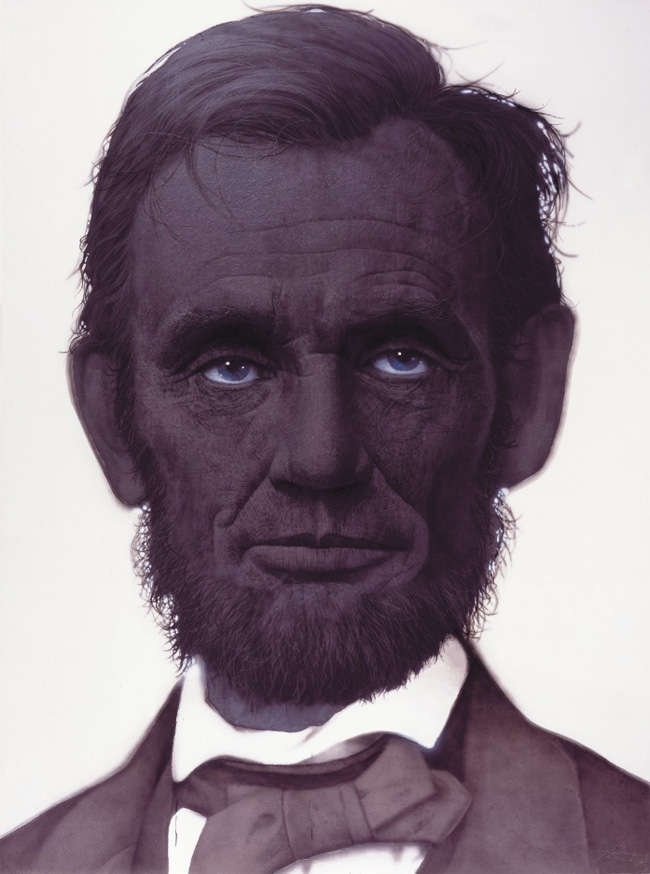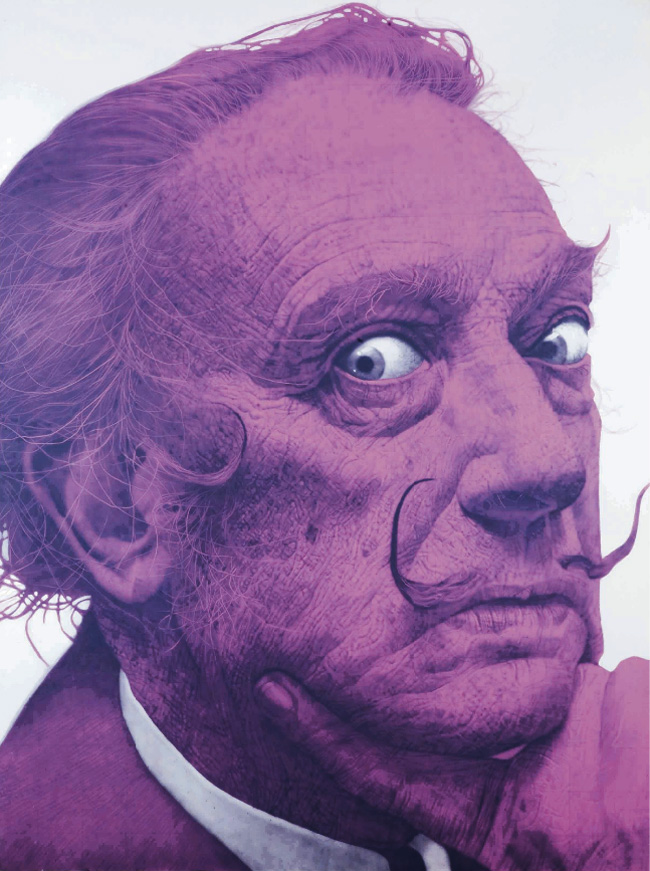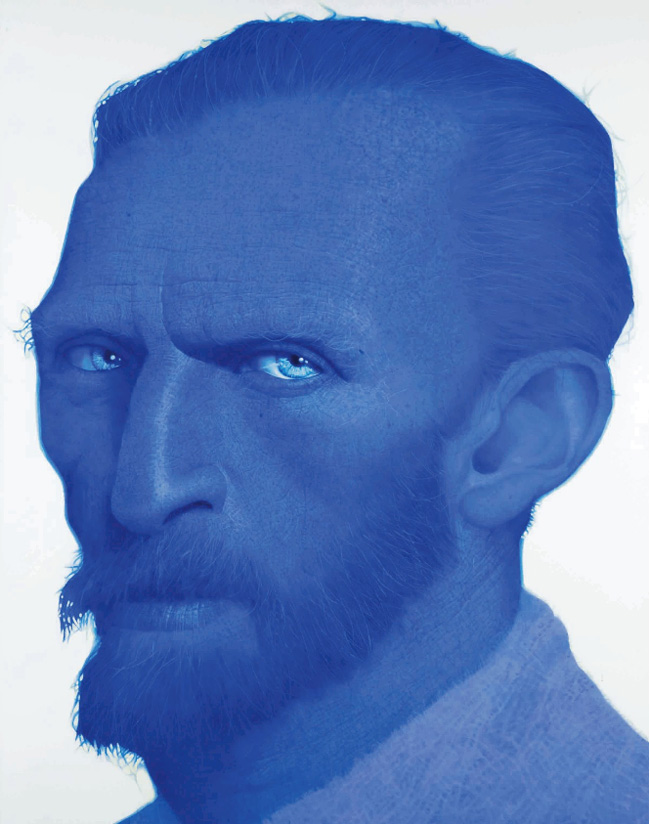Hyung Koo Kang
Monday, 29 March 2010
The audience detects Photorealism in Hyung Koo Kang’s work, but Kang is not a photorealist. Even though he admits that Chuck Close left an impression on his work, Kang’s work is fundamentally different from Photorealism, which transfers the photo into a painting. This is because Kang’s work is devoid of a preexisting photo of what is represented. In the case of Photorealism, the photograph is developed into a photorealistic work, so there is a certain subject that is represented. On the other hand, no matter how realistic Kang’s images are rendered, the subjects of his portrayal do not actually exist.
The stare penetrates the audience, and its power is prickling. The perceptibly tactile effect caused by the stare, and the resulting intimate relationship between the work and the audience define the ‘punctum’ situated in Kang’s work. According to Roland Barthes, the photograph’s punctum comes from indexicality, or from the things that actually existed. However, Kang’s work rests on fiction. It is a lie that presents what was never there as something that once was. How can an image without indexicality have punctum?
Such possibility depends on how the meaning of reality has changed. Warhol’s reality was made by reproducing. However, today’s reality does not just rest on being reproduced but simultaneously being created or synthesized. Reality is no longer something given (datum). It is already something artificially synthesized (factum), created by digital production and composition. To the digital audience, the reality itself is taken as an image that is created and composed. Hyung Koo Kang’s work illustrates that through the visual actualization, the synthetic reality can also have punctum.
Text written by Jungkwon Chin for Arario.





No. 1 — January 26th, 2011 at 9:20 pm
We have a large framed oil painting (size is 36 in x 24 in)a western scene with a cowboy on a horse with a superimposed larger version of the cowboy’s face (wrinkles and all) on the top right. The signature on the painting says H.K. Kang. Is this the same as Hyung Koo Kang?
Any information would be appreciated.
Marianne